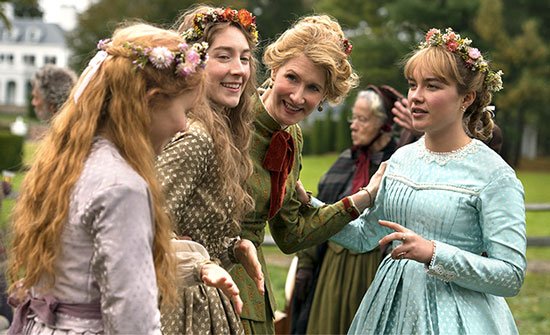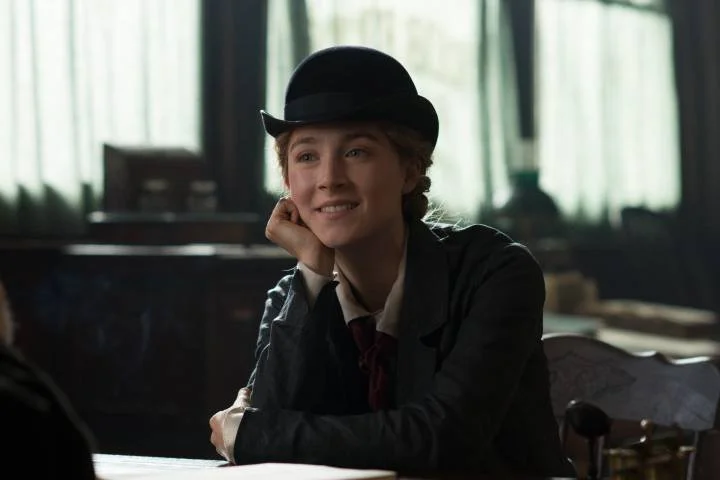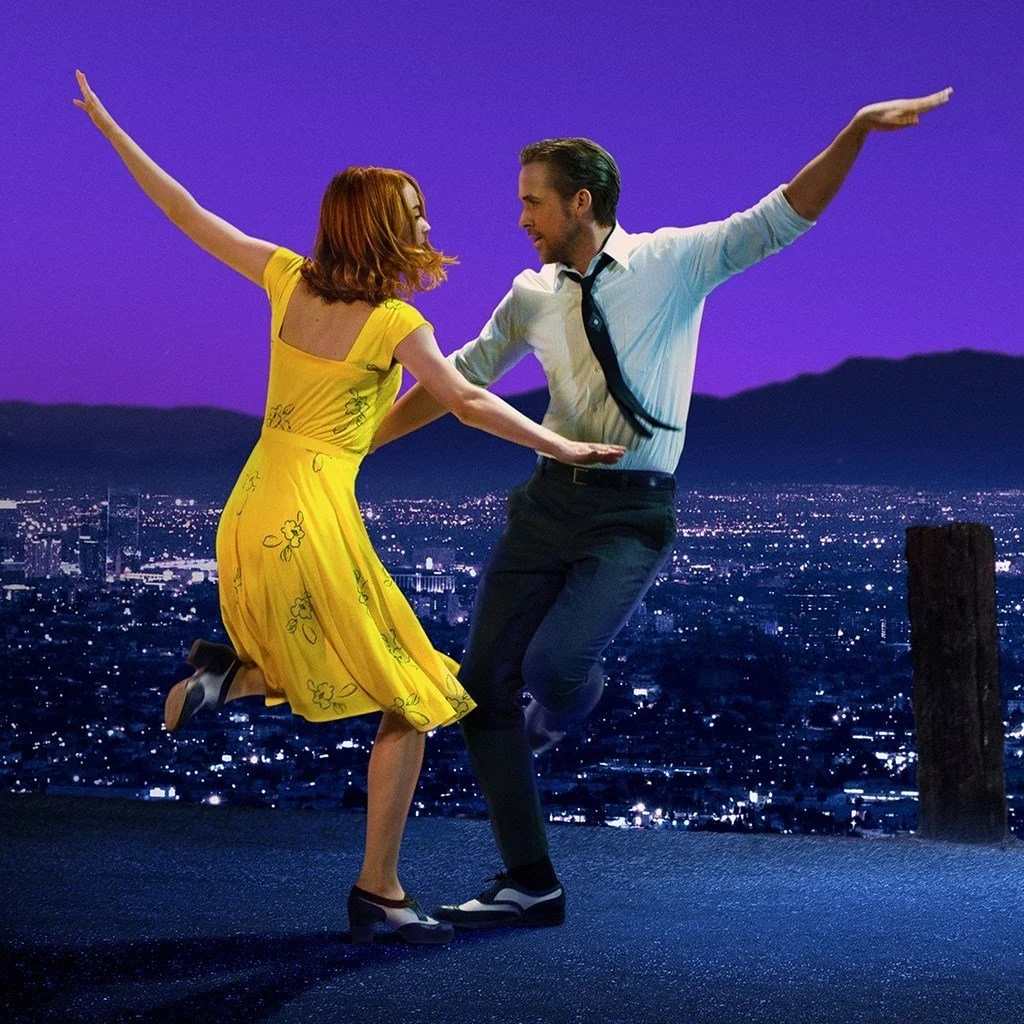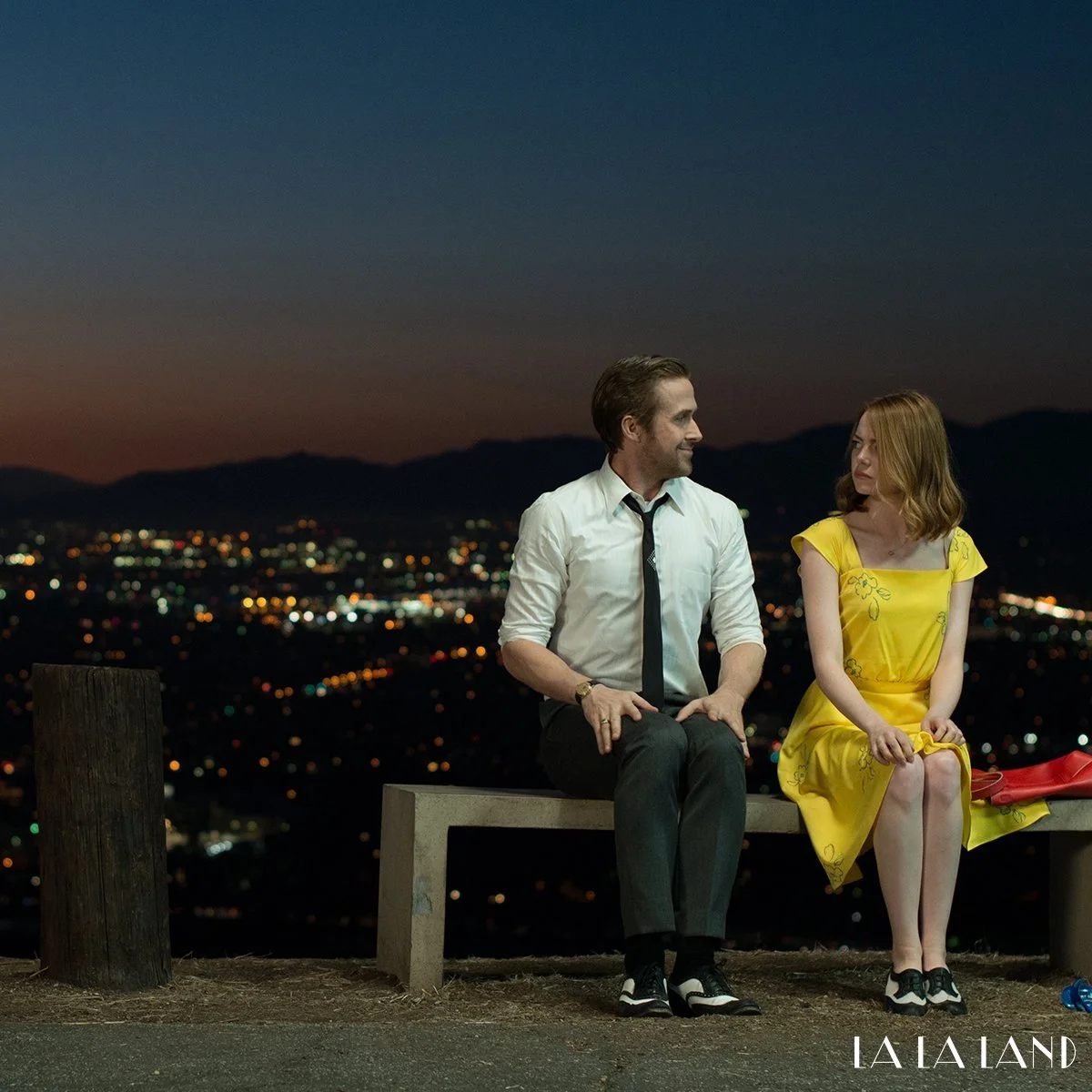
In the history of film, color has played a large part in the portrayal of meaning and emotion through a camera lens. Colored overlays on a film, provided during production, can drape the screen in tints of blue, green, gold, or more. This adjustment to how film is viewed impacts the emotion conveyed through a film and therefore affects the impact a movie can have on an individual watching the film.

Overlaying camera footage from shooting a film with color is achieved during the production process of the film. Draping film in colors can subconsciously impact how the scene can make one feel, drawing out the impact. For example, a blue tint on a scene can convey feelings of sadness or sullenness, and a dark green tint on a scene can invoke feelings of uncertainty or ruggedness.
In the movie Moonlight, the final scene is bathed in a blue tint, emphasizing the beauty and bittersweet qualities of the film. The dialogue is drawn out into the cinematography, and the film is washed in emotive color. Using the technique of color deepens the impact the film can have on the viewer, as it enriches the emotional experience of the main character’s struggles and sprawls the passion onto the screen. The qualities of film and of the camera are not used merely as a means of communication, they are used as an art form- expression that cannot be universalized through text, but can be utilized in film.

Moonlight | A24
Moonlight | A24
In the movie Little Women (2019), the coloring of different scenes conveys the emotion felt by the main characters. The golden hues of the scenes in which the protagonists are joyful bring out what they are feeling inside to the screen. Noting how color can affect our moods and how we view certain scenes, this usage of color is effective in drawing out empathy from the viewer. During the scenes of the movie in which the protagonists are experiencing life in their present, the golden hue is removed from the screen, emphasizing the cold nature of the present and the loss it characterized.

Little Women | Columbia Pictures
Little Women | Columbia Pictures
In the movie La La Land, primary colors are emphasized in the beginning of the film to show the exclusivity and separation of the two main characters. During the moments when the two main characters are together- in each other’s minds or physically together- the screen displays colors of the secondary color scheme. Finishing off the film, when the main characters are no longer present in each other’s lives regularly, the film shifts back to its original primary colors, symbolizing their untouched lives, before they had known each other.

La La Land | Summit Entertainment
La La Land | Summit Entertainment
Web Page Design by MADDIE EGGENSPERGER






